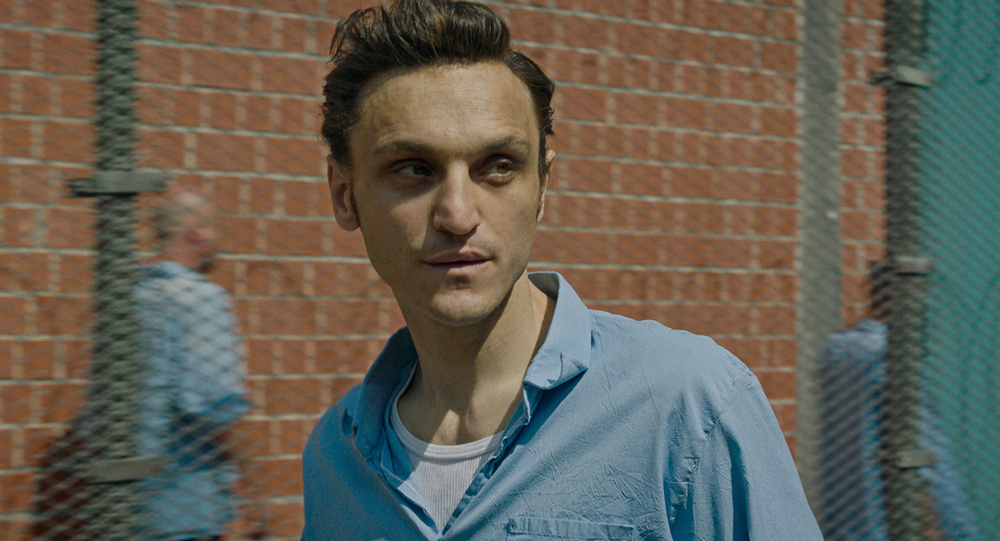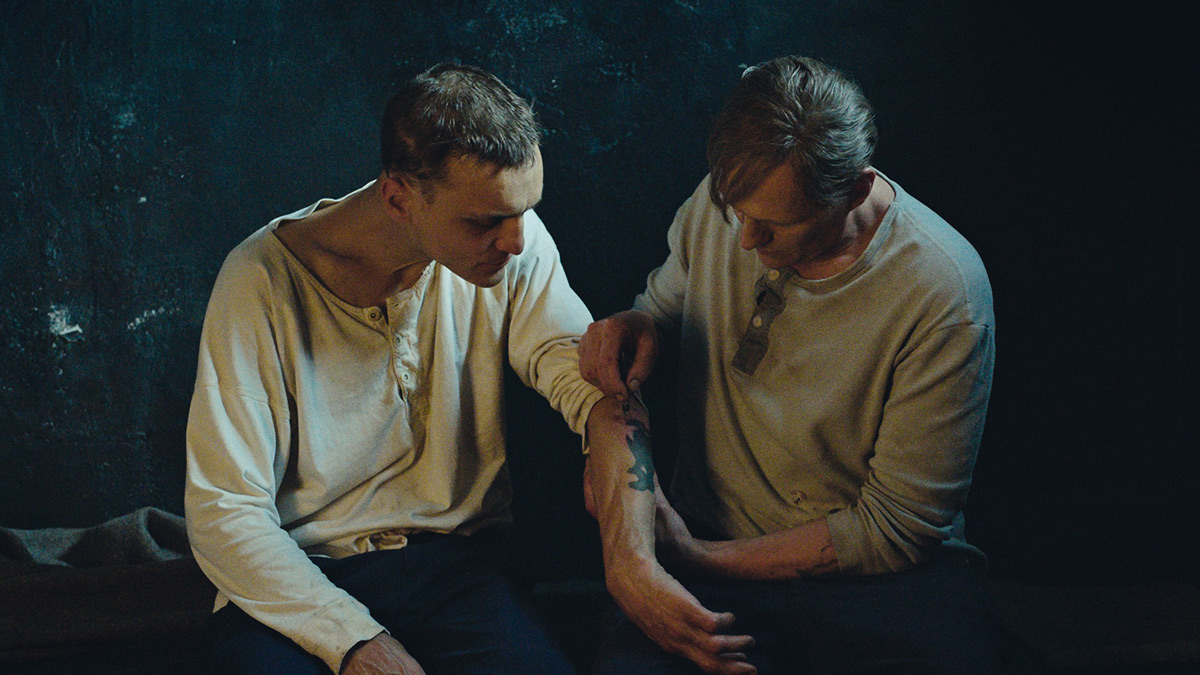2023.07.05
"Great Freedom" synopsis
In post-World War II Germany, under Article 175 of the Penal Code, which prohibits male homosexuality, Hans is repeatedly imprisoned because of his sexual orientation. Viktor, a prisoner in his cell, hates him and tries to push him away because he is a ``Article 175 violator,'' but from the number carved on his arm, he learns that Hans was sent directly to prison from a Nazi concentration camp. Hans is a "stubborn" man who never bends and is put in a punishment cell many times, and Victor, who knows how to behave in prison after serving a long term in prison. The relationship between the two started out as repulsion, but over many years it turned into a bond of mutual respect.
Index
- A story that travels through time
- Franz Rogowski's full-fledged role
- The glow of the moon seen from the prison window
- What is Article 175 of the Penal Code, the evil law that tore apart men's lives?
- Nominated for Queer Palm Award at Cannes Film Festival
A story that travels through time
In Germany from the end of World War II to the late 1960s, when homosexuality between men was prohibited, Hans is a man who wants to live freely as a gay man, whether he is captured or not. The story of his interactions with Victor, a mysterious inmate he meets in prison, over a period of more than 20 years. There is a bit of irony in the title ``The Great Freedom,'' but let's leave that aside for now and appreciate the strangeness of the script , which frequently moves between eras . Let's take a look at the precise and moving performances of Franz Rogowski (Hans), who has become an indispensable presence in the German film industry, and Georg Friedrich (Victor), who have become an indispensable presence in the German film industry.
The structure of the story is simple. It all started in 1968. Hans is jailed after being caught by the police searching for someone in a public restroom. He's so bold that you can tell it's not the first time he's been to prison. Victor greets Hans and makes fun of him, noting that he looks different from before, with short hair and a mustache. ``Is that a trend?'' ``Oh, yeah.'' The two of them are like old friends.

“Great Freedom” ©2021FreibeuterFilm•Rohfilm Productions
The story goes back in time to 1945, just after the end of World War II. Hans, a thin man with a head that looks like he's had it shaved with clippers, enters the prison for the first time. Victor is in the same room. A plate with the number "175" is inserted into the door. These figures indicate that Hans was arrested for violating Article 175 of the Penal Code, which prohibits homosexuality. Victor refuses, saying, ``I don't allow perverts,'' but when he learns that Hans was in a Nazi concentration camp for Jews, he tattoos the identification number of the camp on his wrist and erases it. That was the beginning of their friendship.
The screenplay by directors Sebastian Mize and Thomas Ryder moves back and forth between 1945 and 1968-69, telling the story of what happened to Hans and Viktor and what they lost within the confines of prison. Draw in space. The key is the 1957 episode caught in the middle. In the same prison, Hans reunites with his beloved Oscar (Thomas Prenn). At that time, Hans wore the regent hairstyle that was popular at the time. Oskar despairs that there is no future for them in an age where they cannot love each other freely, but Hans does his best to encourage him. However, an unexpected event that happened soon after took away Hans' joy in life. At that time, Victor was by my side.
Franz Rogowski's full-fledged role


